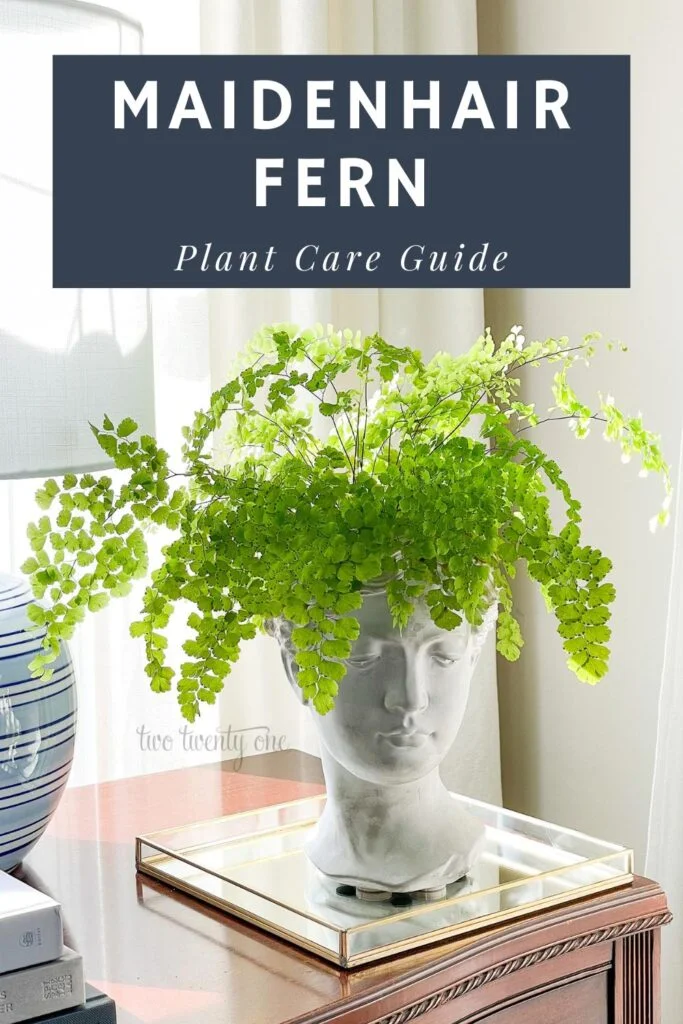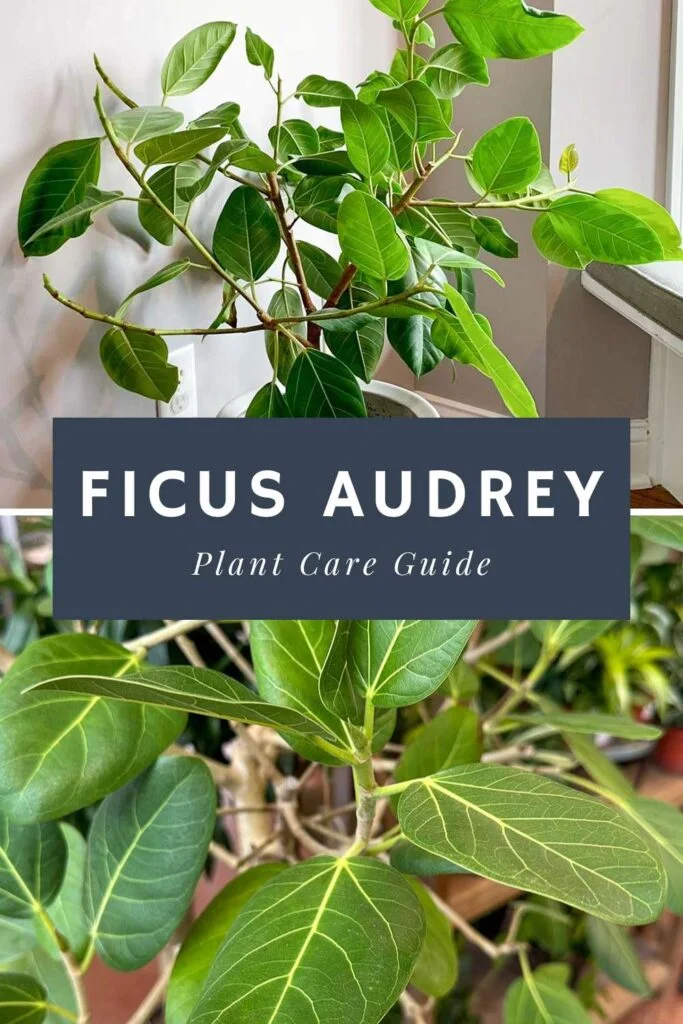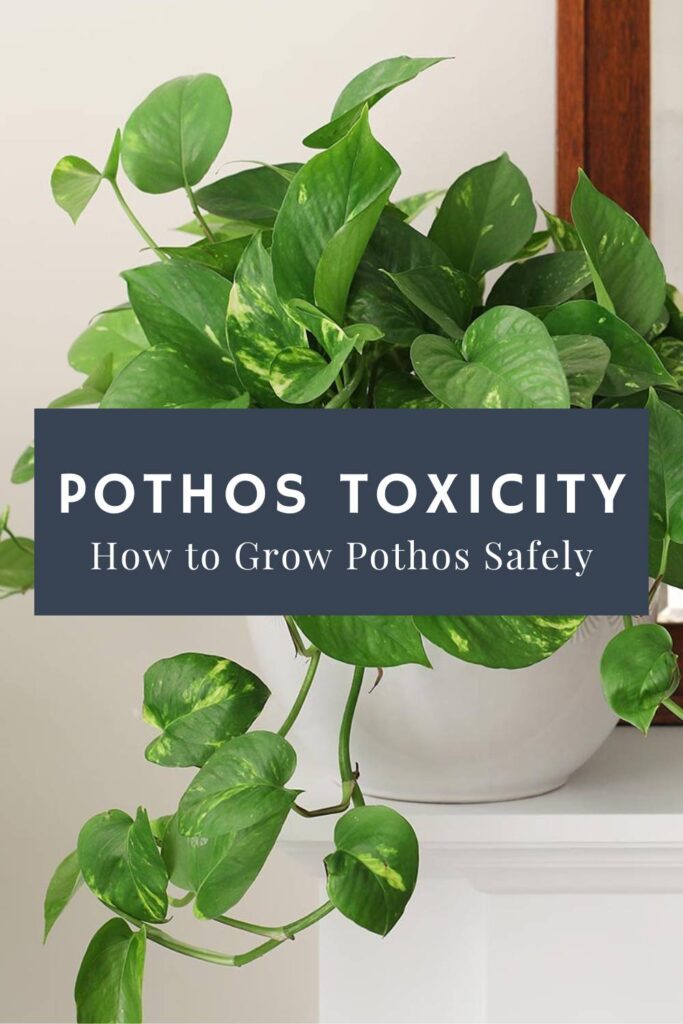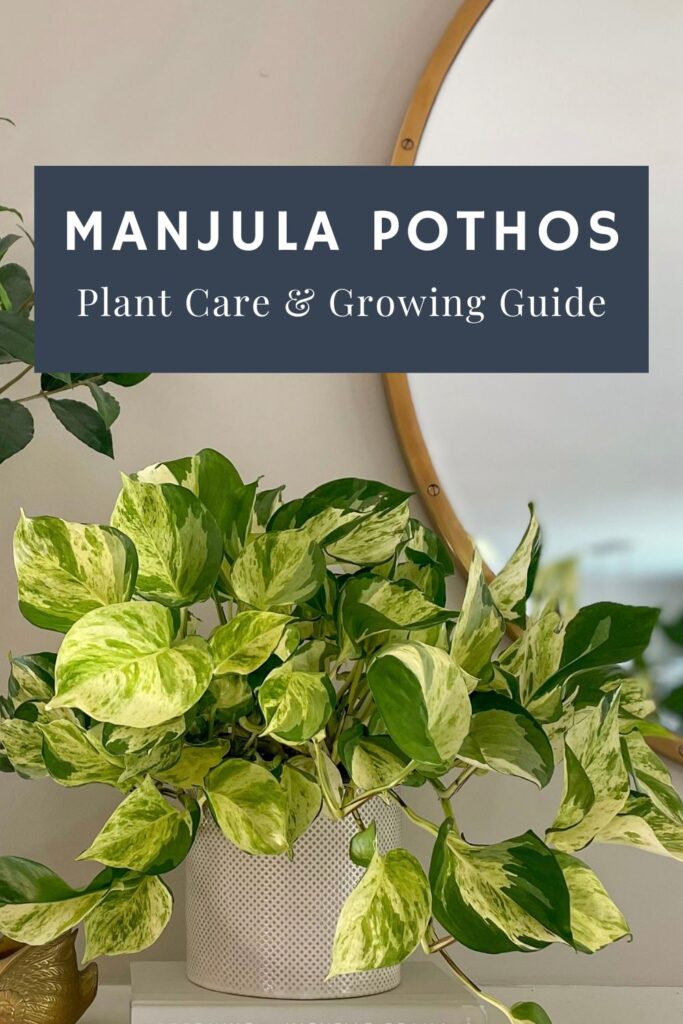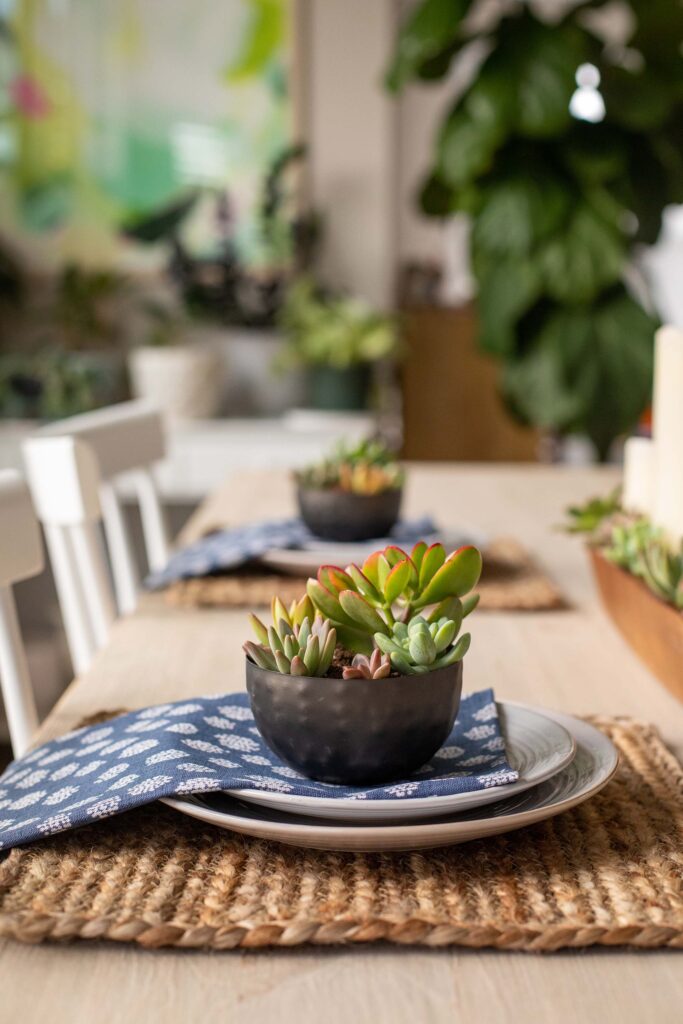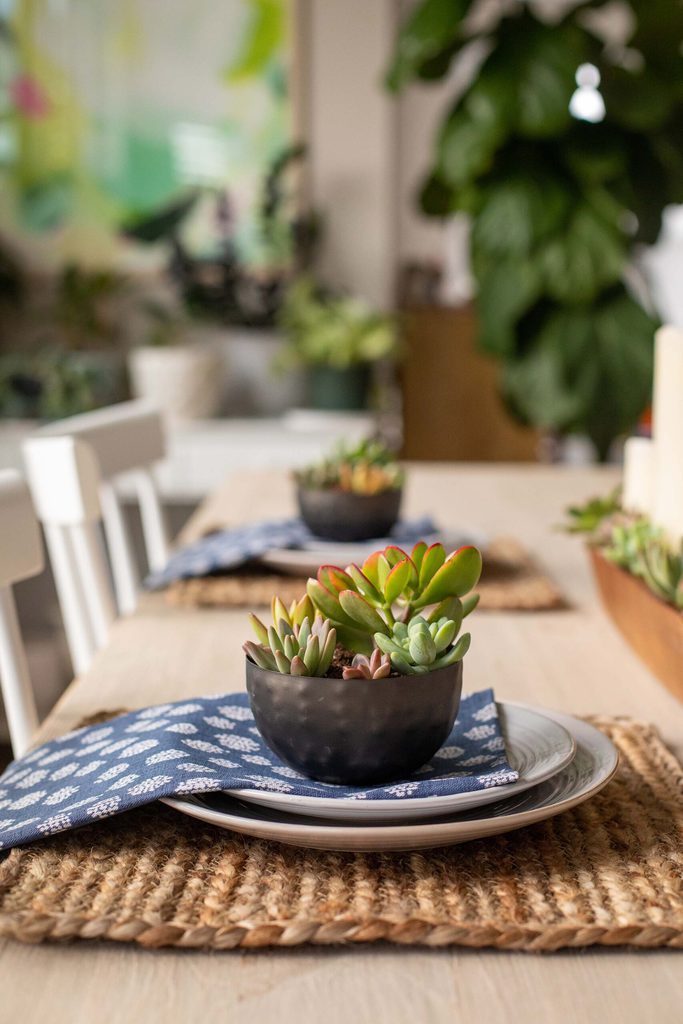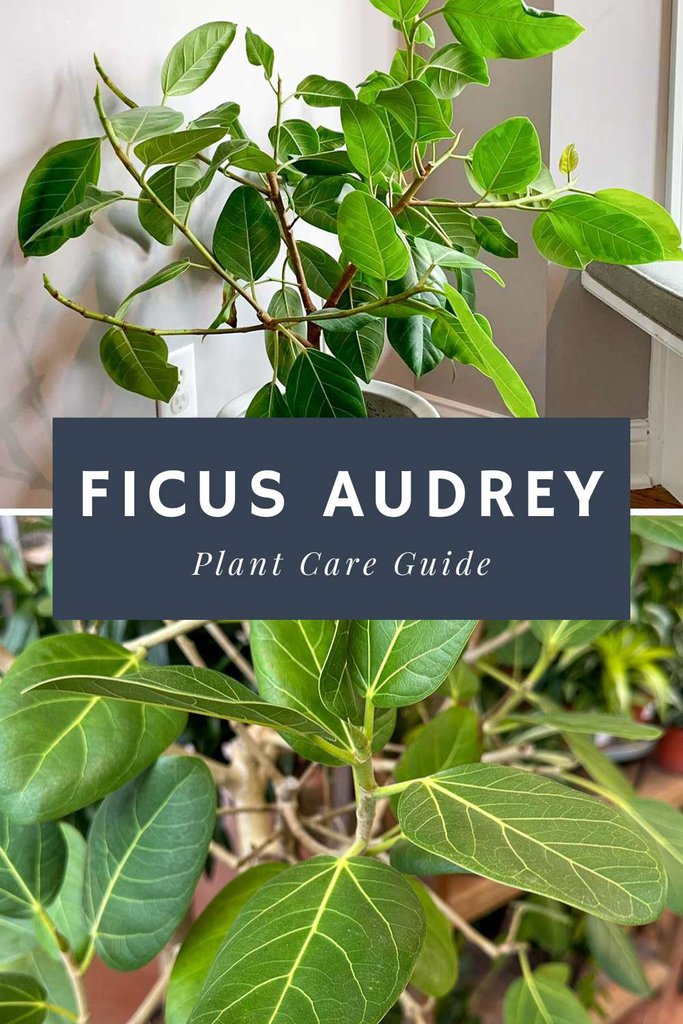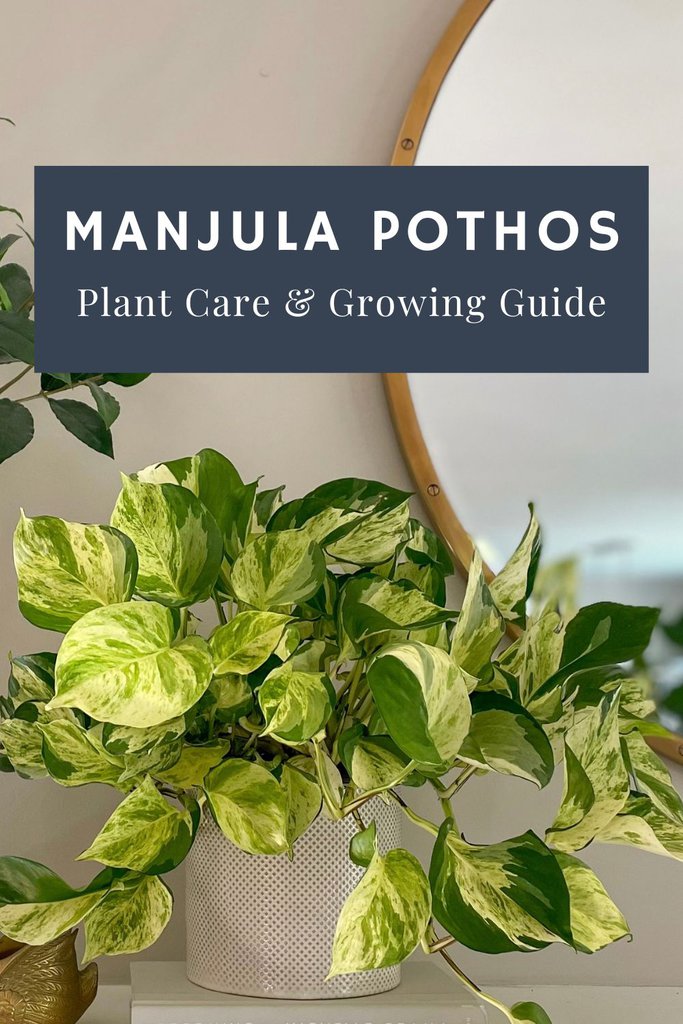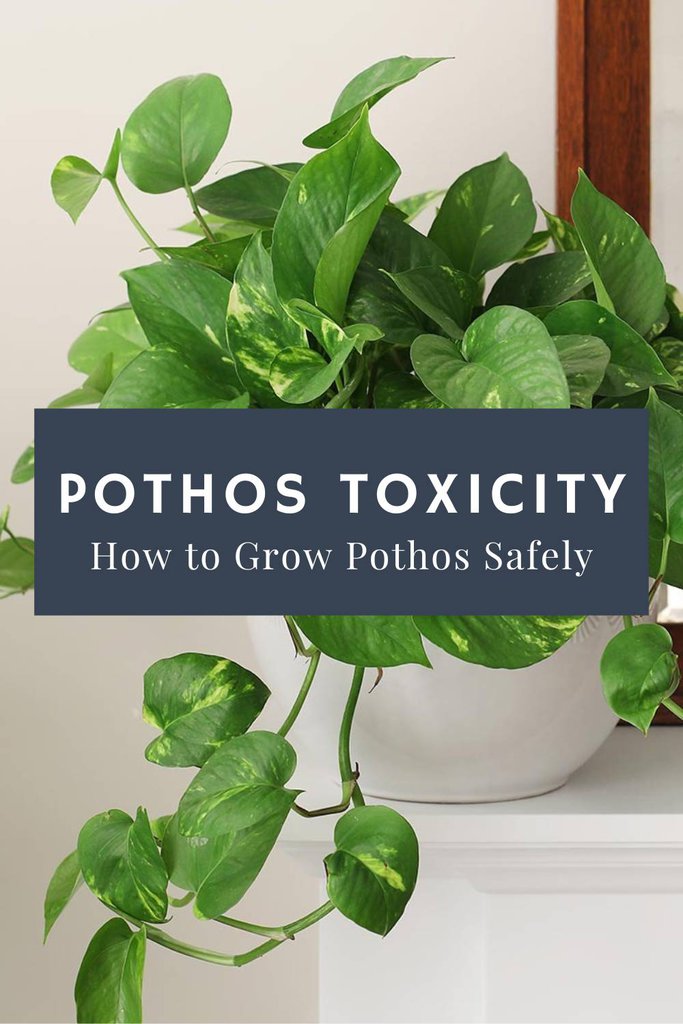Maidenhair Fern Care Guide
If you’re looking to add a maidenhair fern to your collection, it’s important to understand its specific needs. With the right care, your fern can bring beauty and tranquility to any space.
In this guide, we’ll walk you through everything you need to know to keep your maidenhair fern healthy and thriving.
Origins of Maidenhair Fern
The maidenhair fern or Delta maidenhair fern is botanically known as Adiantum raddianum. The genus name derives from the Greek word “adiantos” which means “unwetted” and refers to how water beads up and falls from the fronds.
The common name refers to the wiry black stems which emerge from the rhizome in a way that resembles hair.
There are around 200 species of Adiantum around the world.
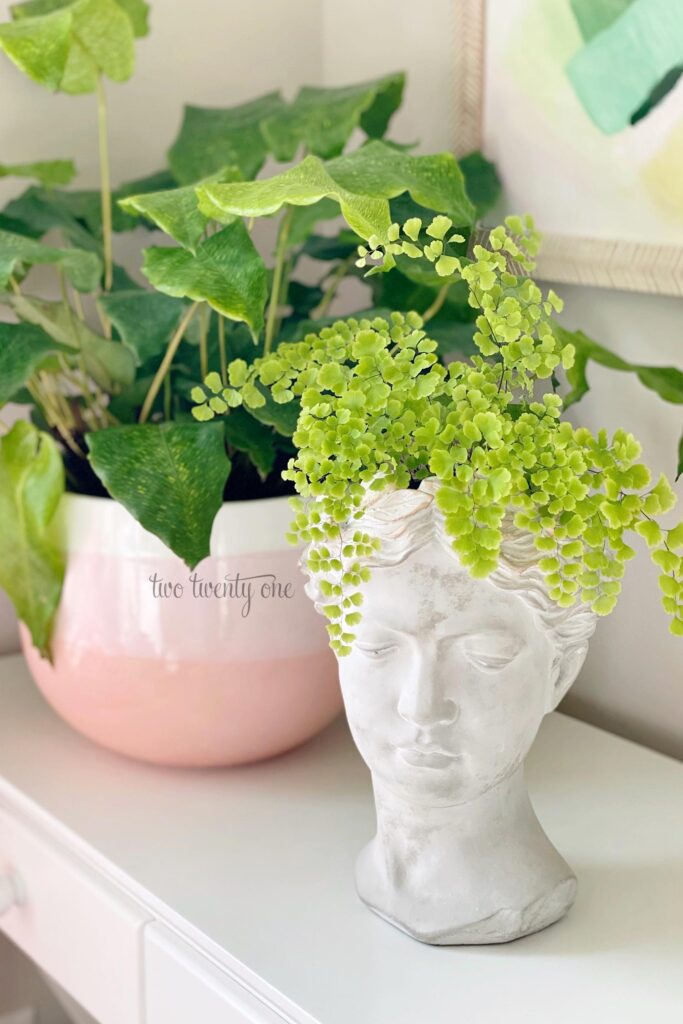
Maidenhair Fern Appearance
Maidenhair fronds grow in clusters on tiny black stems which grow out of large rhizomes, also known as rootstock.
The small delicate leaves are fan-shaped with a lacy appearance.
This compact fern reaches its full size in approximately three years.
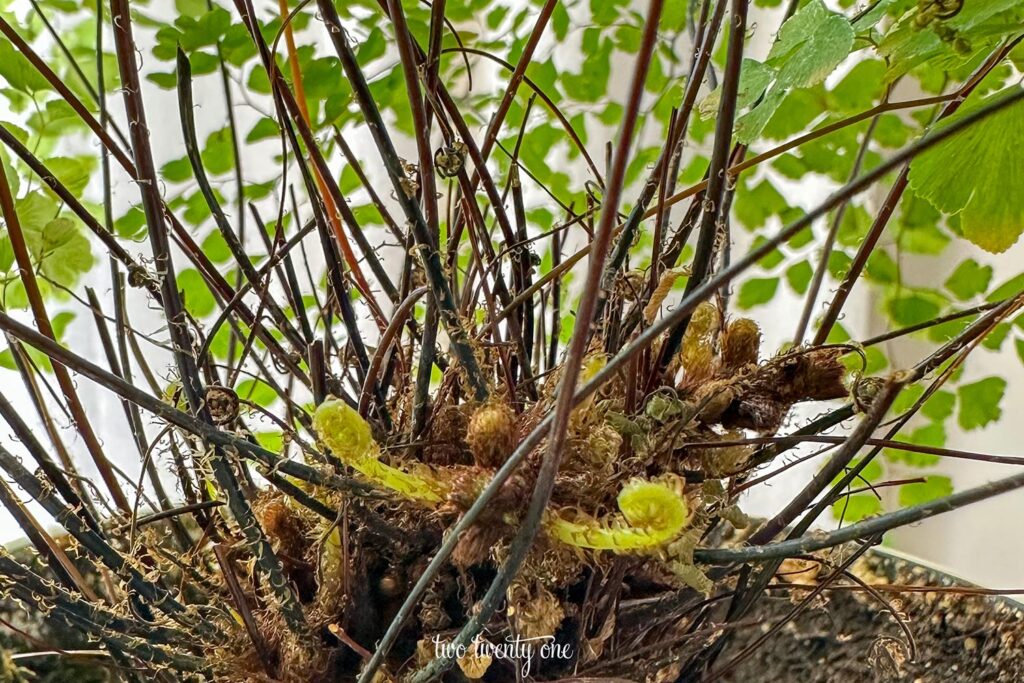
Maidenhair Fern Care
Water
Maidenhair fern has specific and dynamic watering needs. The plant may need watering as frequently as daily or every other day, depending on other environmental factors.
Using a plastic pot helps maintain consistently moist soil. Make sure it has plenty of drainage holes.
Water your fern in a sink to ensure the soil is thoroughly soaked. Allow the water to drain out fully before returning to the cache pot.
Light
When grown outdoors, these ferns thrive under a shaded canopy of trees.
Inside your home, it will need indirect bright light that is not too harsh. Place it near a window where it will receive indirect light in the morning and afternoon.
If your fern is growing very slowly or not at all and has yellowing leaves, it may not be getting enough light.
Take care to avoid drafty areas, especially in the winter as this will upset a delicate Maidenhair Fern.
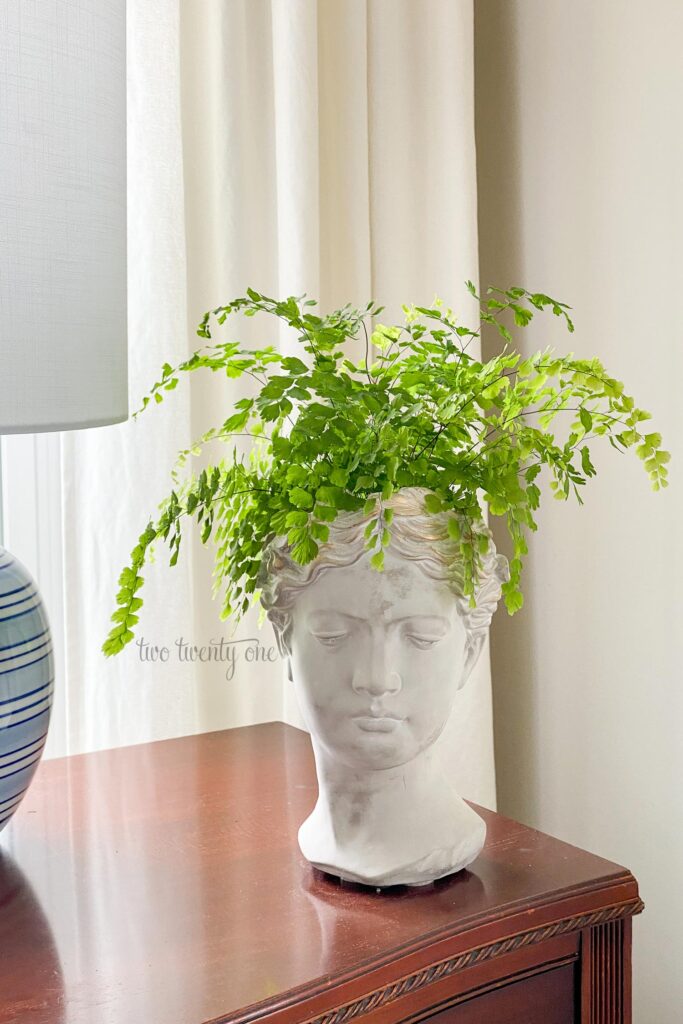
Soil
Maidenhair Fern is a very thirsty plant and requires well-draining but consistently moist soil.
If you find the soil dries out too quickly, make sure you have it in a plastic pot rather than terracotta which dries the soil out faster.
You can add additional organic matter to the soil such as moss or compost to help it retain more water if needed, but be careful as this plant is also susceptible to root rot if it sits in water for too long. If soil is not well-draining, root rot is more likely to happen.
Fertilizer
Maidenhair Fern can typically grow well with or without fertilizer. Light and humidity are the most crucial for its growing success.
If you choose to fertilize your fern use a diluted blend without too much nitrogen and don’t fertilize more than once a month in the spring and summer months.
A Maidenhair Fern that has been burned by fertilizer will typically have brown leaves and dried-up stems.
Temperature
Maidenhair Fern requires very warm and humid air. You can replicate this at home by misting the fern daily with warm water.
This plant grows best if the temperature is 70 degrees Fahrenheit or more.
Cold drafts below 60 degrees will upset this delicate plant.
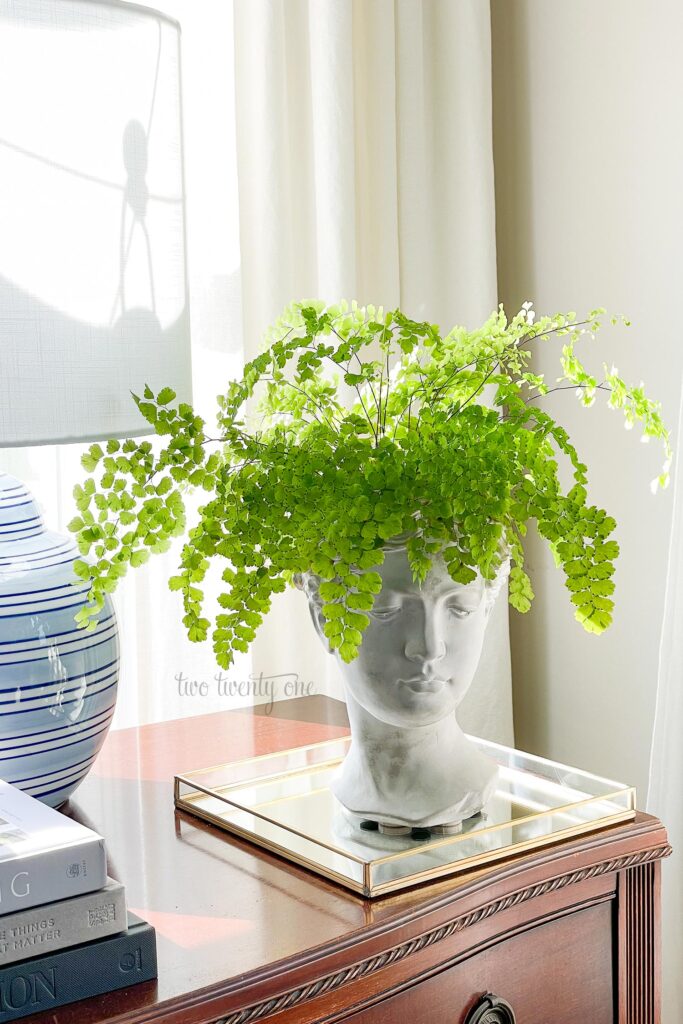
Humidity
Maintaining consistent humidity is the number one rule for keeping your Maidenhair Fern happy.
You can mist the fern at least once a day with warm water from a spray bottle. It is best to mist the air above the fern rather than directly spraying the leaves.
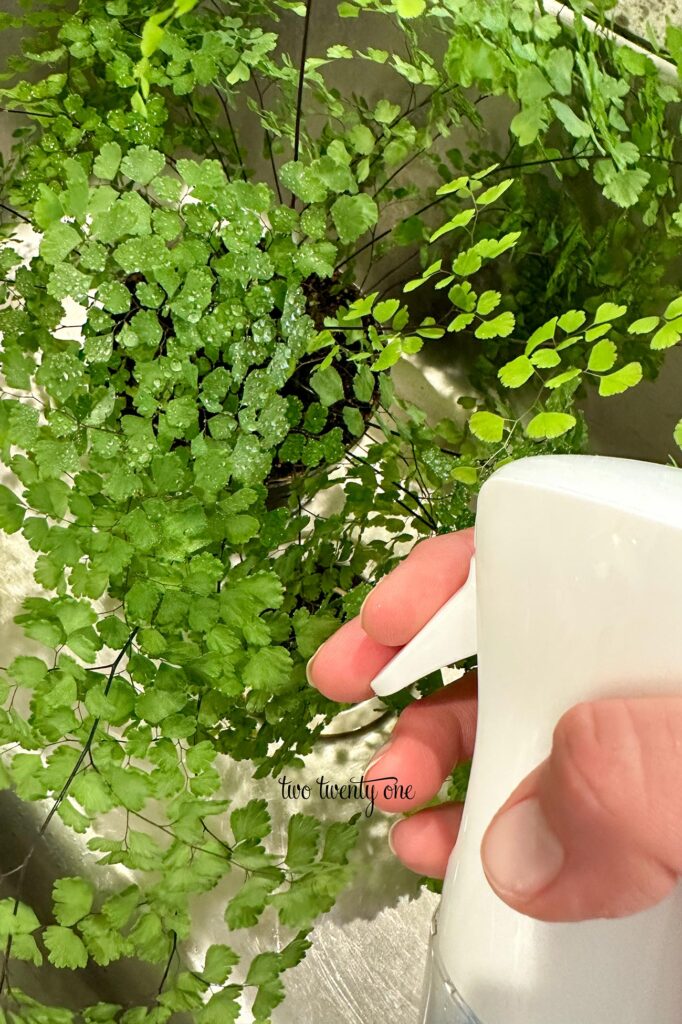
Placing the fern on a pebble tray or near a humidifier is another way to help replicate its preferred warm and humid environment.
To successfully reach the Maidenhair Fern’s preferred humidity range (around 60%), a greenhouse or similar type of glass cloche that fits over your plant is the easiest way to give the plant this level of humidity consistently indoors.
Growth
This fern typically grows slowly, taking up to 3 years to reach full size.
If your plant has little to no growth, place it in a brighter location.
If it is slow to grow because the leaves frequently curl and dry at the tips, try increasing the humidity in addition to pruning regularly.
Remove dead foliage regularly to encourage it to grow.
Pruning
An unhappy fern may have dried out leaves and stems which turn brown and wither.
Regular removal of these dead leaves and stems will encourage the fern to grow back more densely.
Repotting
You will not need to repot the the plant as often as other houseplants as it doesn’t mind being a little crowded.
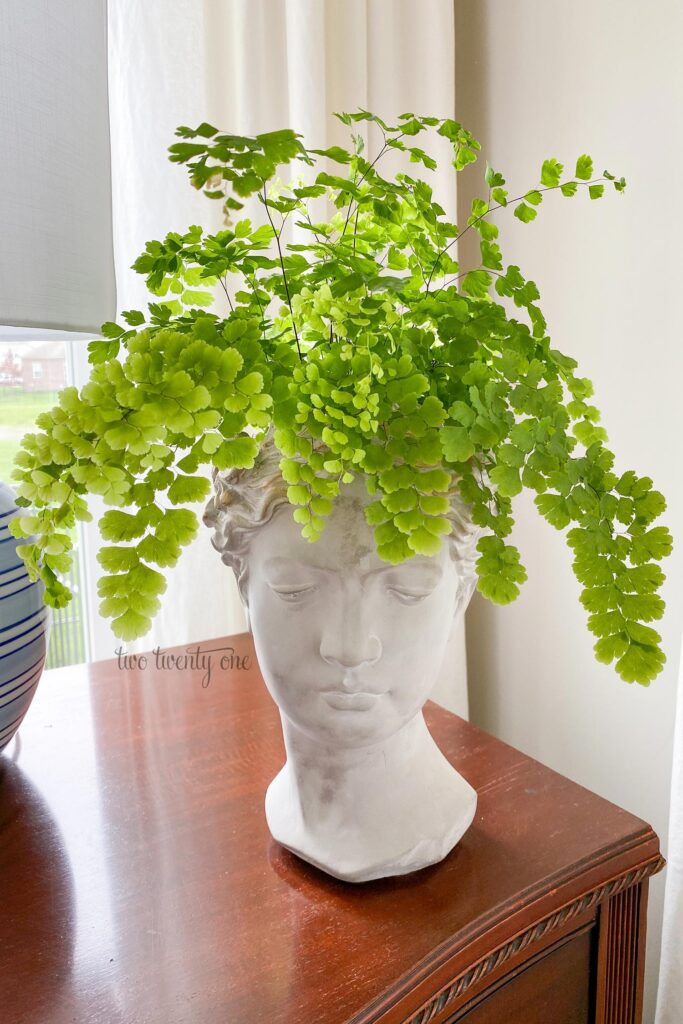
Common Problems with Maidenhair Fern
Brown Leaves
If your fern has shriveled brown leaves and stems or is regularly dropping leaves, then it needs more water and humidity.
Check the soil daily (it should stay consistently moist) and mist the fern at least once daily with warm water.
Yellow Leaves
Most often this is a sign of overwatering which can lead to root rot. Proper drainage when watering is essential. A plastic pot with lots of holes is the safest bet. It is easy to pop in and out of a decorative cache pot after watering.
Pests
Maidenhair Fern is not particularly attractive to lots of pests but it does attract mealybugs and scale.
Insecticidal soap is one of the less harsh options that will effectively kill these pests without too much damage to the delicate leaves. For a particularly nasty infestation, you can spot-treat with isopropyl alcohol and follow up with regular doses of insecticidal soap (which does not have to be rinsed off after application).
Comparing Maidenhair Fern with Other Ferns
Maidenhair Fern vs Boston Fern
Like Maidenhair Fern, Boston Fern enjoys high humidity and consistently moist soil. It will thrive in indirect bright light indoors, or if outdoor temperatures are appropriate, in a bright but shaded area outside such as your porch.
Boston Fern is non-toxic to pets and humans.
Maidenhair Fern vs Asparagus Fern
Asparagus Fern generally needs the same care as a Maidenhair Fern but is less sensitive to environmental changes and considered a hardier fern.
The Asparagus Fern is not a true fern and is instead a member of the lily family. Unfortunately, this means it is toxic to cats and dogs.
FAQ
Are maidenhair ferns easy to grow?
Maidenhair Fern is considered one of the hardier varieties of ferns, but many people find the water and humidity needs of the fern to be demanding.
If your fern is not thriving then it likely needs a different spot in your home or more consistency in the watering and humidity routine.
In maidenhair fern a good indoor plant?
If you are able to provide an appropriate environment with consistent water and humidity, then these beautiful houseplants will live a long time.
Should I cut dead leaves off maidenhair fern?
Yes! Removing the dead leaves and stems regularly will encourage continued growth.
Should a maidenhair fern be misted?
Yes, use warm water to mist the air above the fern at least once a day.
Are maidenhair ferns poisonous?
Maidenhair Ferns are non-toxic plants. In rare situations, their spores can irritate sensitive skin or cause an allergic-type reaction if they are excessively handled.
